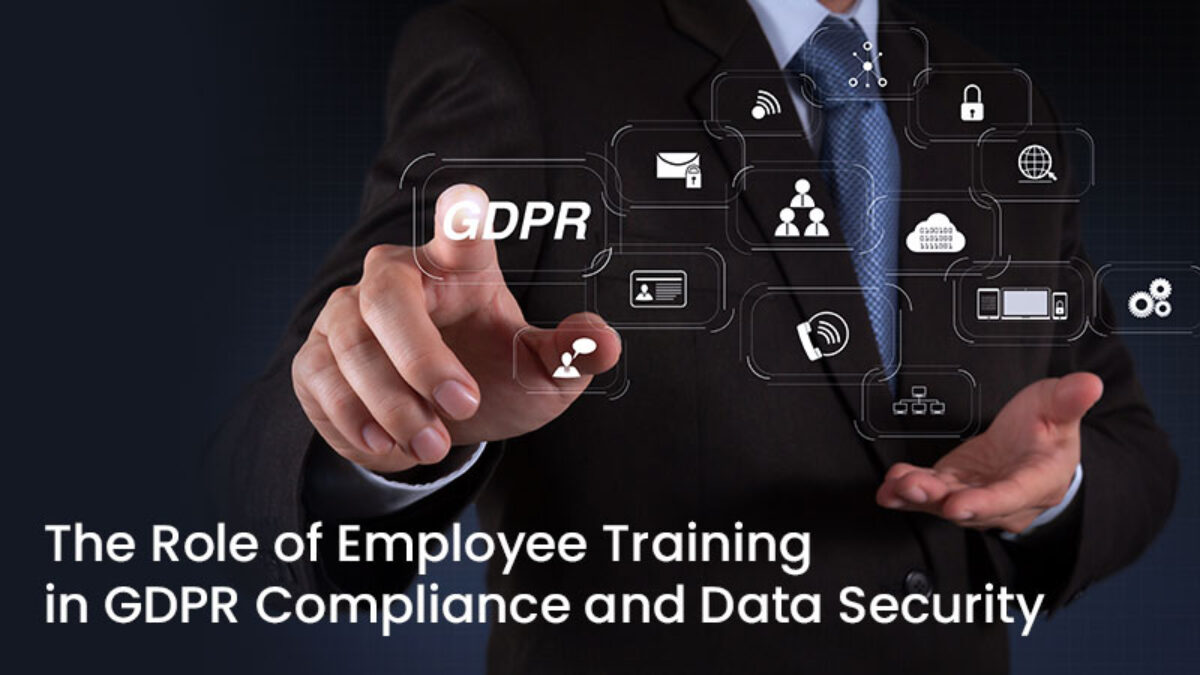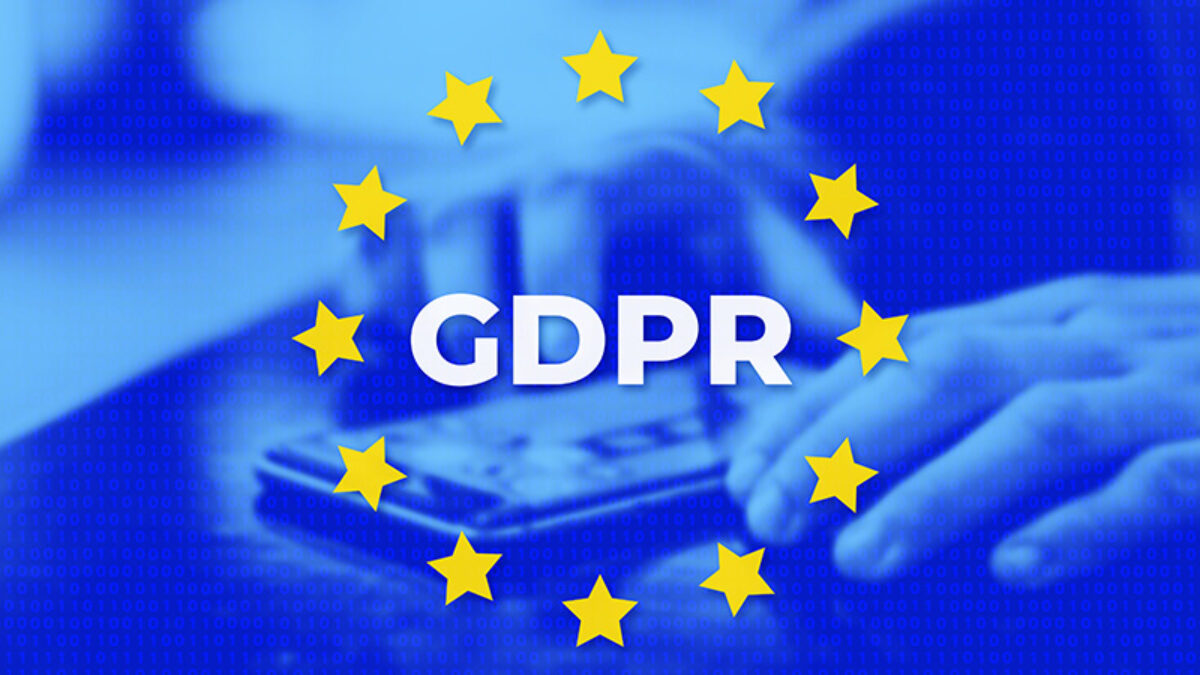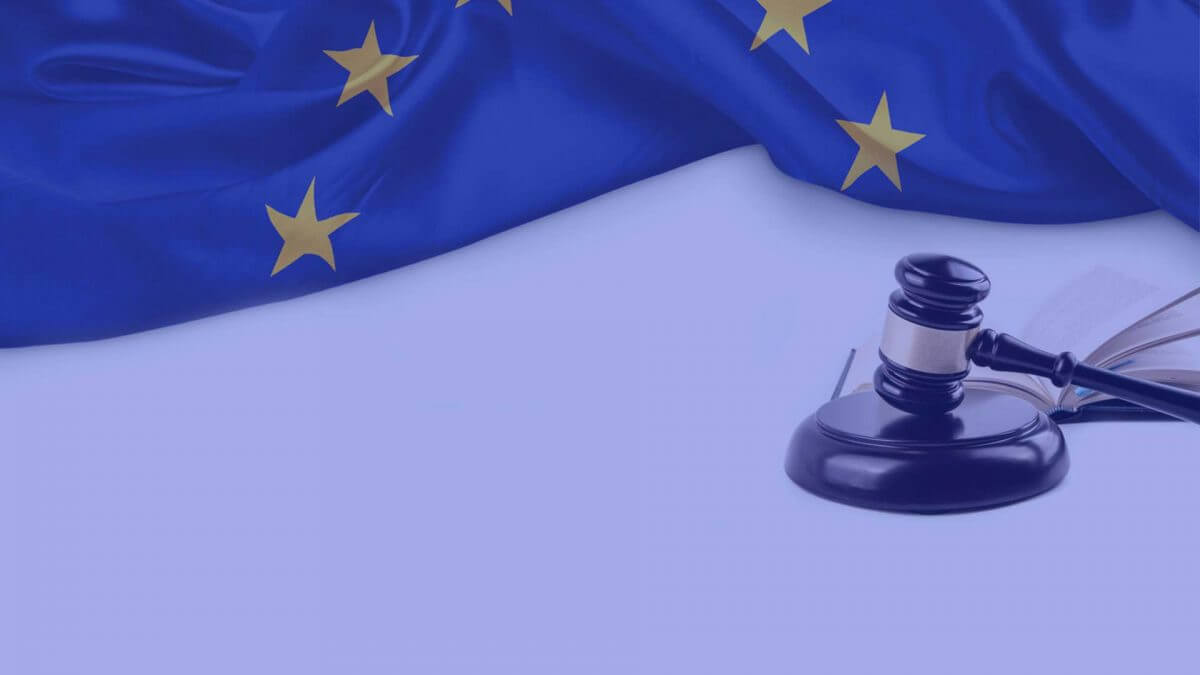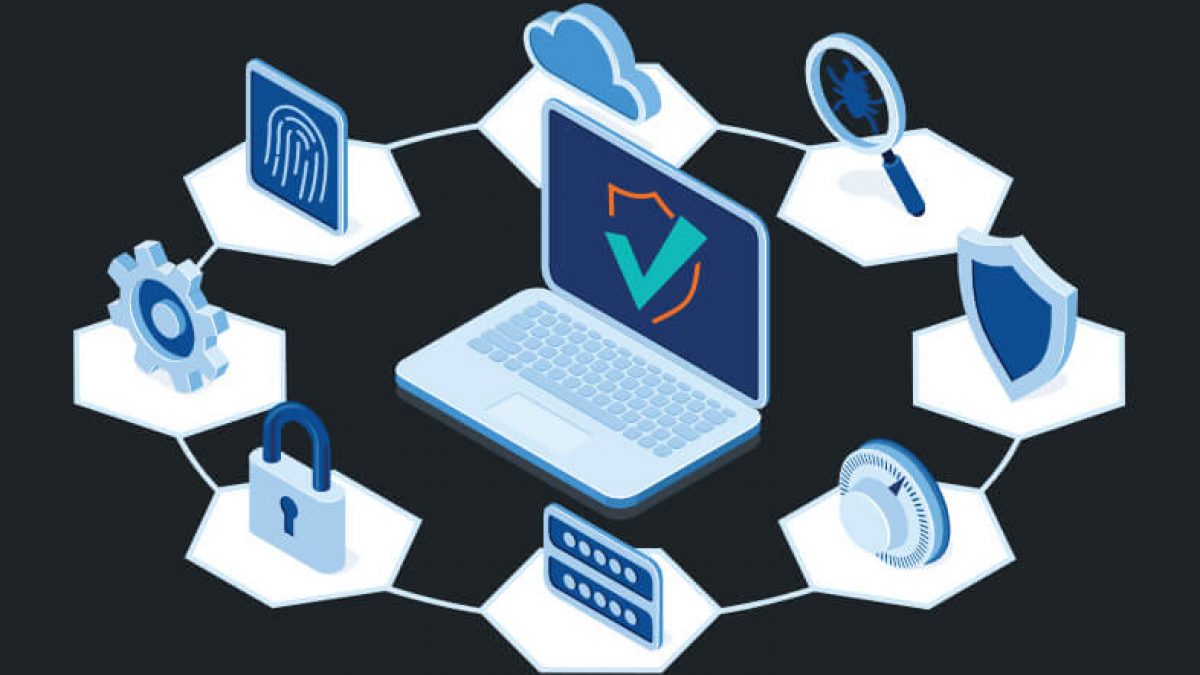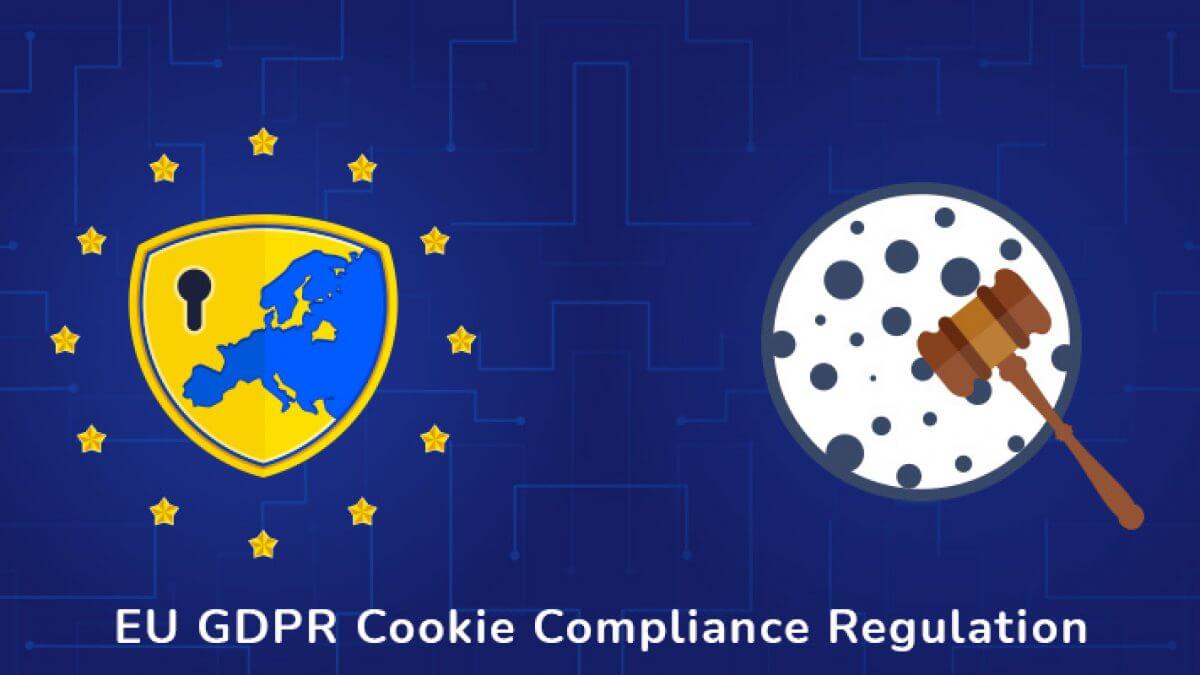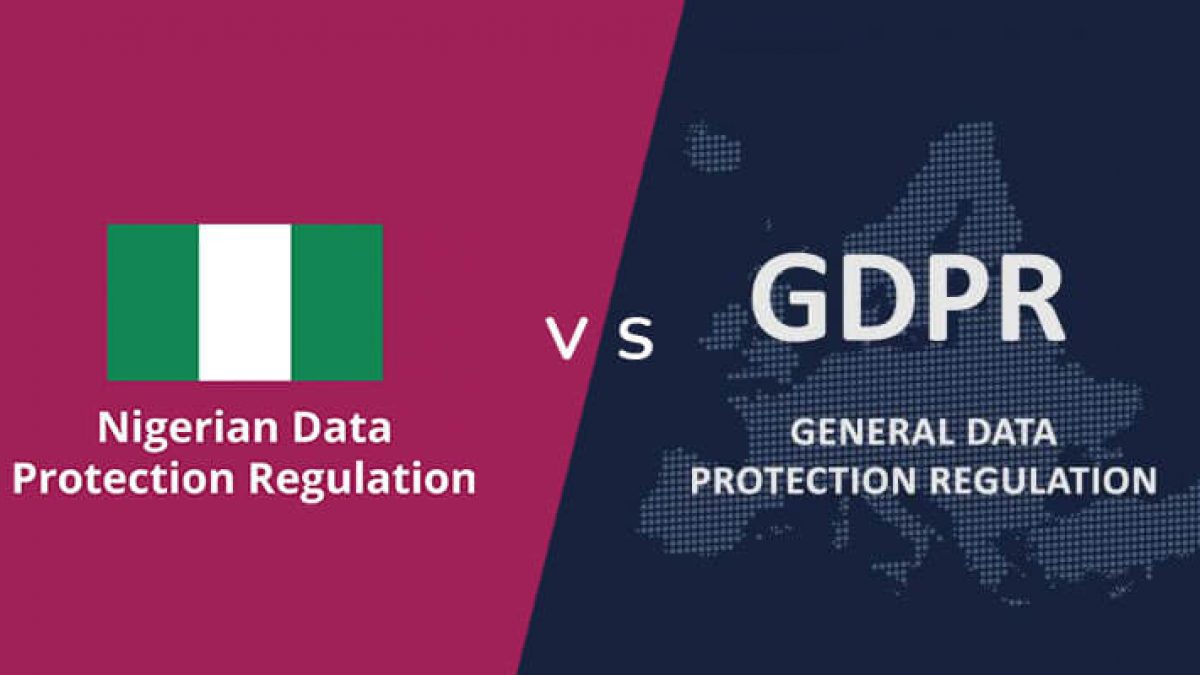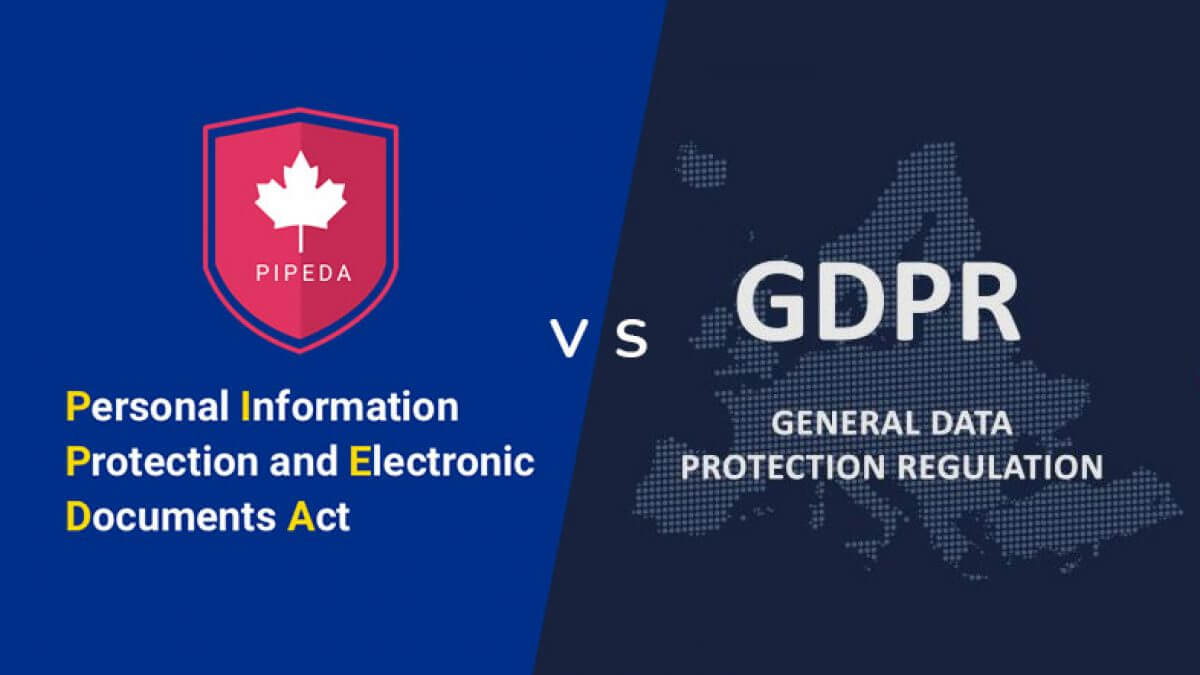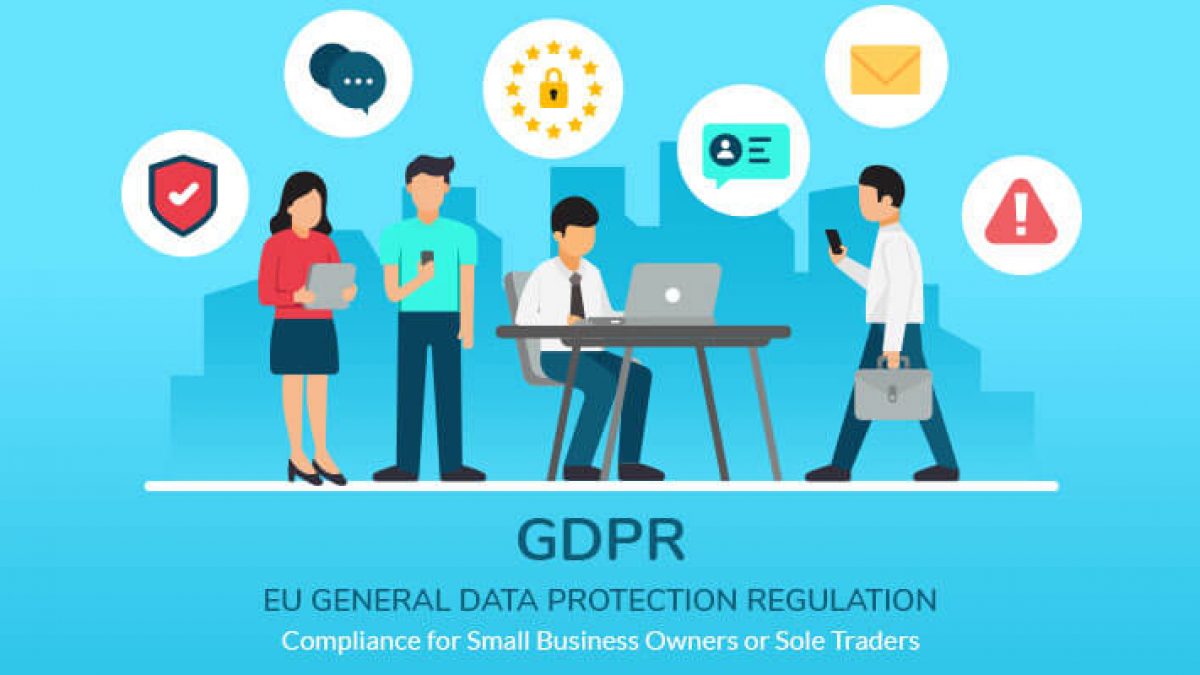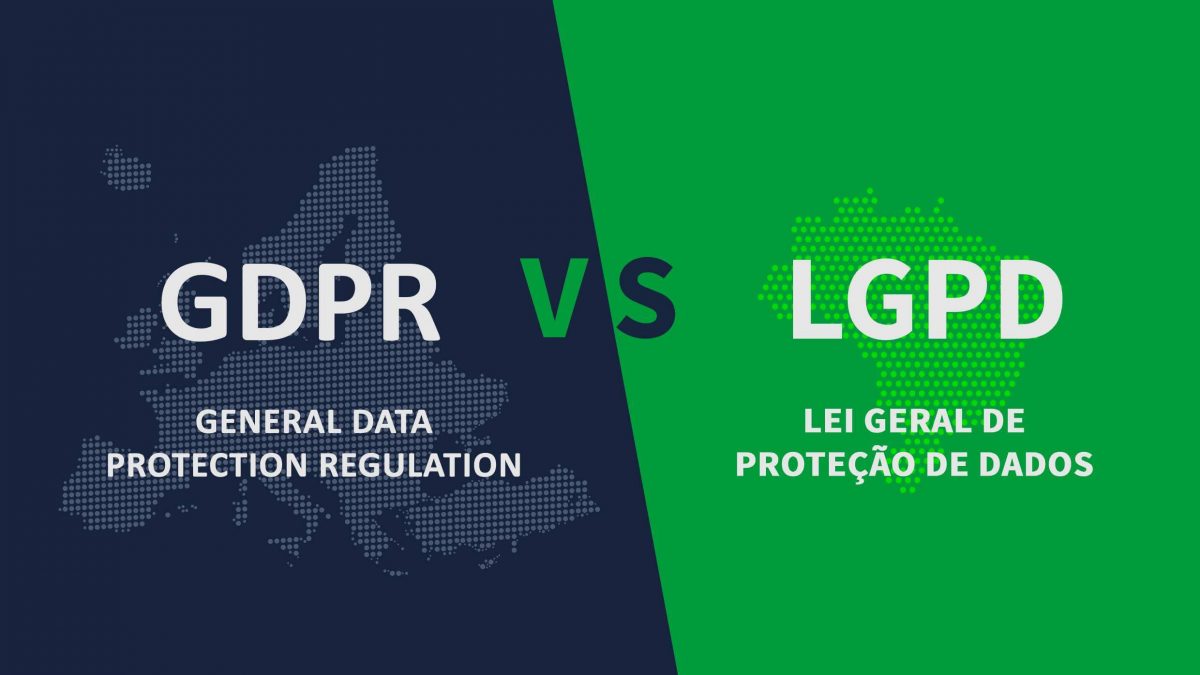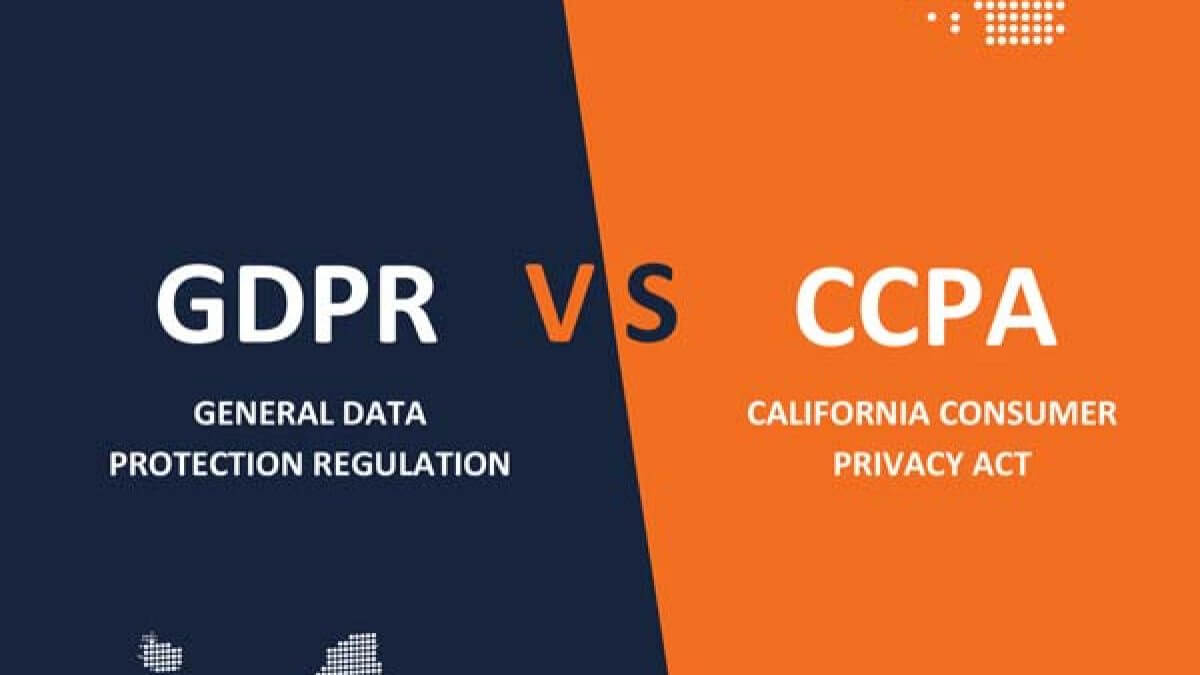The Intersection of GDPR & Cybersecurity
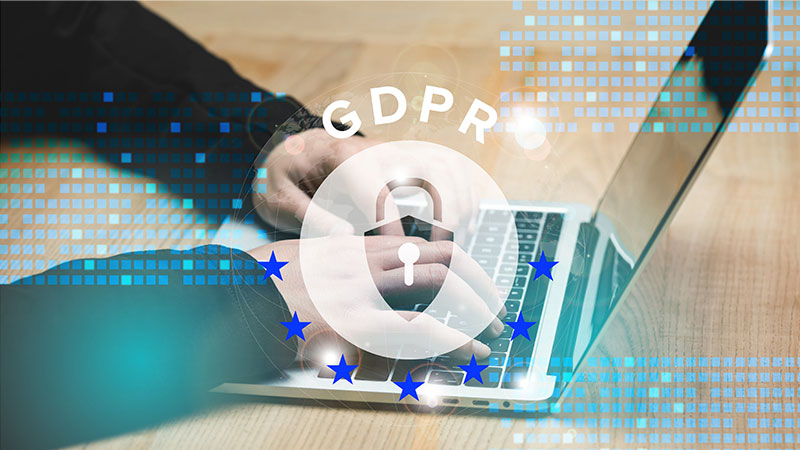
What is GDPR?
Enforced since May 2018, GDPR is a comprehensive set of regulations that dictate how organizations should handle and protect personal data. It places a significant emphasis on transparency, accountability, and user consent. The GDPR applies not only to businesses within the EU but also to those outside the region if they process the personal data of EU citizens. In this blog, we will see how you can comply with GDPR cybersecurity laws and regulations.
Cybersecurity Measures Supporting GDPR Compliance
For businesses managing information systems, the integration of GDPR compliance into cybersecurity practices is imperative. Compliance with GDPR involves implementing robust security measures to safeguard personal data from unauthorized access, disclosure, alteration, and destruction. This requires a proactive approach that goes beyond mere legal adherence to ensure a robust defense against cyber threats.
Common Cybersecurity Threats Impacting GDPR Compliance
GDPR has far-reaching implications for GDPR cybersecurity strategies. Non-compliance can result in severe penalties, making it crucial for organizations to align their GDPR cyber security practices with GDPR requirements.
The regulation emphasizes the principles of privacy by design and default, urging businesses to embed data protection measures into their information systems from the outset.
GDPR Data Security Breach
One of the key aspects of GDPR is the mandatory reporting of data breaches. In the event of a security incident, organizations are obligated to notify the relevant supervisory authority and affected individuals promptly. This underscores the importance of robust cybersecurity measures to prevent, detect, and respond to data breaches effectively.
Best Practices for Integrating GDPR Compliance and Cybersecurity
Data Mapping and Classification
Data mapping involves creating a comprehensive inventory of an organization’s data, understanding its flow, and identifying where it resides. This process is instrumental in both cybersecurity and GDPR compliance.
For cybersecurity, understanding the data landscape allows organizations to identify potential vulnerabilities and weak points in their systems.
By mapping data flows, businesses can develop a strategic approach to safeguarding critical information, ensuring that it is protected at every stage of its journey through the network.
When it comes to GDPR compliance, data mapping is equally crucial. The regulation requires organizations to have a clear understanding of the personal data they process, where it is stored, and who has access to it. Without a proper data map, complying with GDPR’s transparency and accountability principles becomes challenging.
Significance of Data Classification
Data classification involves categorizing data based on its sensitivity and importance. This step is pivotal for effective data management and security.
For cybersecurity, data classification enables organizations to prioritize their protective measures. Not all data requires the same level of security, and by categorizing it, businesses can allocate resources more efficiently. This ensures that high-risk data, such as customer information, receives heightened protection.
In terms of GDPR compliance, data classification helps organizations implement the principle of data minimization. By understanding the nature of the data they process, businesses can ensure they only collect and retain information that is necessary for their purposes, reducing the risk of non-compliance.
Ensuring GDPR Compliance: Risk Assessment and Cybersecurity Measures
Conducting Comprehensive Risk Assessments
Risk assessments are the foundation of any robust cybersecurity strategy. By systematically identifying and evaluating potential risks, organizations can proactively address vulnerabilities and enhance their overall security posture.
For GDPR compliance, risk assessments are essential in demonstrating a commitment to data protection. They provide insights into the potential impact of a data breach and help organizations develop mitigation strategies to prevent such incidents.
Implementing GDPR Cybersecurity Measures
Mitigating risks requires the implementation of robust cybersecurity measures. Encryption, firewalls, intrusion detection systems, and access controls are just a few examples of the tools that organizations can deploy to fortify their defenses.
Beyond safeguarding against cyber threats, these measures also play a crucial role in ensuring GDPR compliance. The regulation explicitly calls for the implementation of appropriate technical and organizational measures to protect personal data. By integrating GDPR cybersecurity compliance measures, businesses not only protect their systems but also demonstrate their commitment to upholding the privacy rights of individual.
Conclusion
As the digital landscape continues to evolve, the link between cybersecurity and GDPR compliance becomes increasingly intertwined. Businesses must recognize that an effective GDPR cyber security Compliance strategy is not only about protecting against cyber threats but also about upholding the privacy rights of individuals. By aligning cybersecurity practices with GDPR requirements, organizations can build a resilient defense against cyber threats while fostering trust with their customers. Embracing a proactive approach to cybersecurity is not only a legal necessity under GDPR but also a fundamental aspect of responsible and ethical data management in the digital age.

